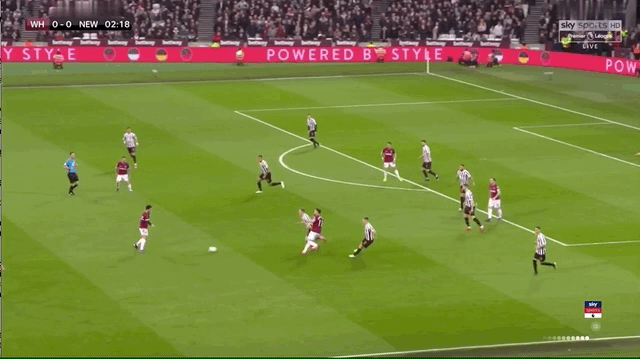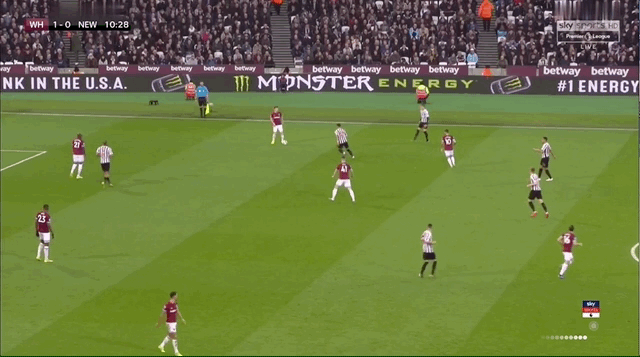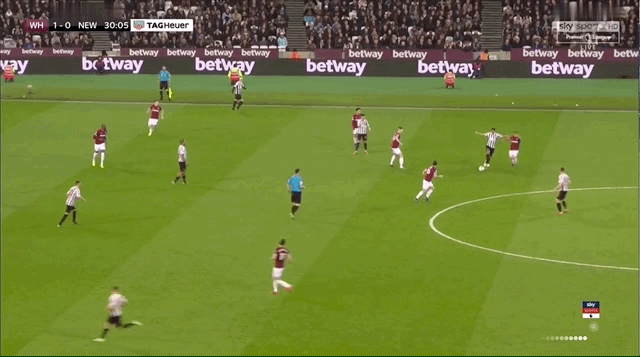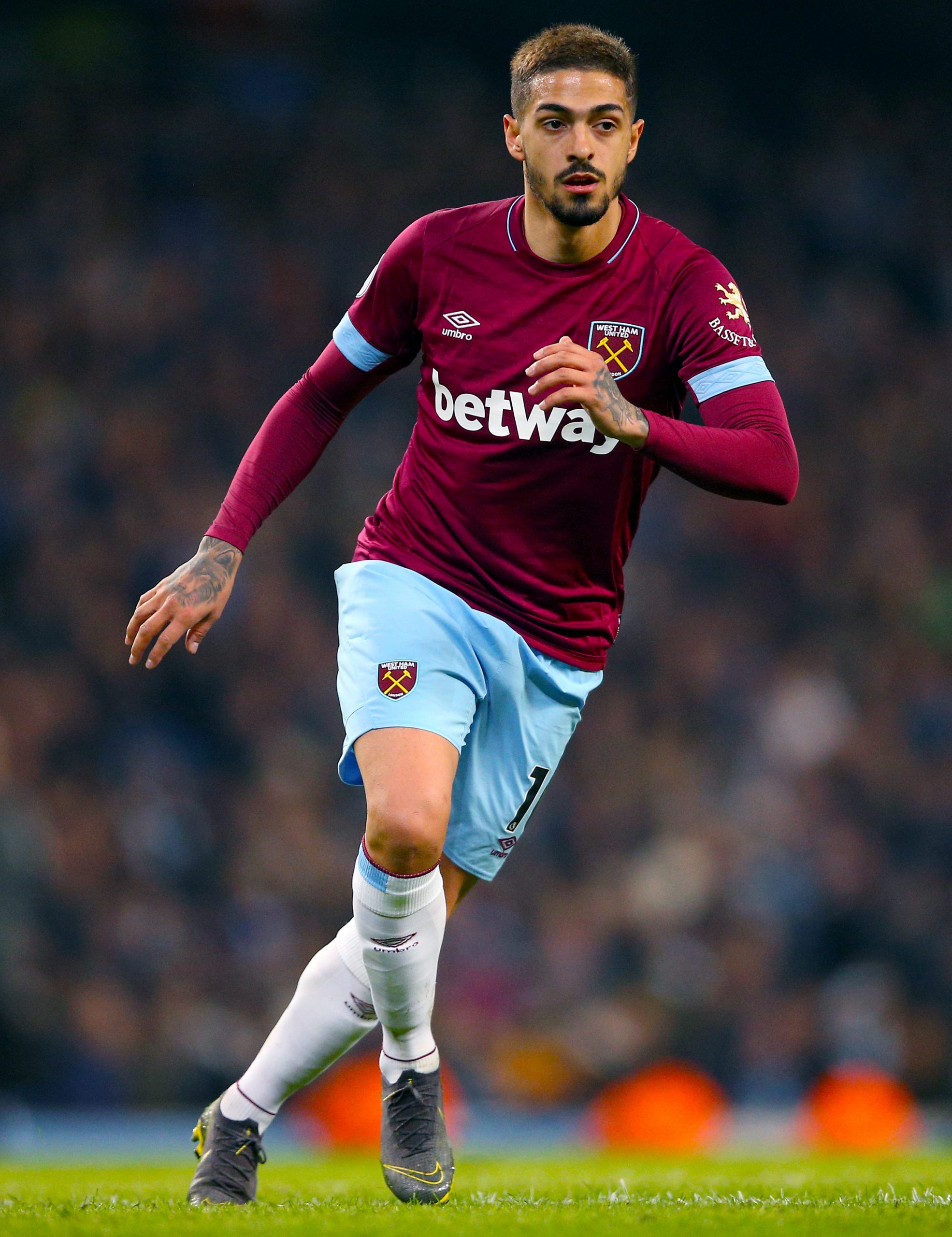Tomás Lanzini was relaxing on La Cala beach in Benalmádena, Málaga, soaking in the sun, staring out across the Mediterranean, when the call came through from his younger brother Manuel. It was 8th June 2018, six days before the start of the World Cup, and his brother bore bad news. He had ruptured the anterior cruciate ligament in his right knee during an Argentina training session in Barcelona. He was out of the tournament.
As soon as the call ended, Tomás booked a flight to Barcelona. Not just because that’s what brothers do, but because he knew he could be of genuine, practical assistance. Manuel Lanzini is neither the only professional footballer in the Lanzini family nor the only one to have suffered that injury. Tomás, 15 months his senior, a forward most cherished for his spell at Ñublense in Chile, was in the latter stages of his own recovery from his second ACL rupture when Lanzini called.
“The injury that Manuel suffered, I had already suffered twice,” Tomás told StatsBomb. “Everything I learned during those recovery processes helped me help Manu through the process, let him know what to expect along the way. It is a difficult injury, and a long recovery process that demands a lot from you both physically and mentally, but I knew that with patience, calmness and above all, a lot of hard work, it is possible to get through it.”
Tomás was there by Lanzini’s side after he was operated on in Barcelona by the renowned surgeon, Dr. Ramón Cugat, and during the early days of his recovery. He took him to Málaga to continue the process, and then offered support and encouragement from afar once Lanzini returned to London to begin working directly with the medical team at West Ham and gradually closed in on a return he could never be certain was going to come.
“It is difficult to know if everything is going well,” Tomás explained. “In truth, you only really feel good once you get back to training out on the pitch, playing football and touching the ball without pain or other problems. That is the reality. There are months before in which you start to doubt yourself, when you are afraid. In those moments, maintaining faith in yourself and the work you are doing is very important. If you can maintain faith in those moments that is half the battle won.”
Lanzini did, and few were as delighted as Tomás to see him step back out onto the pitch for the first time during the final quarter-hour of West Ham’s 3-1 win at home to Fulham on 22nd February. Few, apart perhaps from coach Manuel Pellegrini. The Chilean is used to working with talented playmakers. From Juan Riquelme to Robert Pires, Isco to Santi Cazorla, David Silva to Yaya Toure, he’s coached some of the best. But at West Ham, he has lacked a consistent figure capable of regulating the tempo, progressing the ball forward and providing a creative touch in the final third.
In a recent interview with The Independent, Pellegrini bemoaned the lack of availability of the players in his squad he considers playmakers: Lanzini, Samir Nasri, Jack Wilshere and Andriy Yarmolenko. Whether or not you agree with his classification -- or indeed, the wisdom of investing in the salaries of players with injury histories as extensive as those of Nasri and Wilshere -- that last-mentioned trio had combined for just 935 minutes of action prior to Lanzini’s return against Fulham -- just 40% of the available game-time. No wonder he is glad to have Lanzini back.
“[He is the perfect player for us], not only in the way I like to play football,” Pellegrini said recently. “I think Manuel Lanzini for every manager would be a player that makes a difference.” The respect is mutual. “The style of play and the methodology of Pellegrini very much suits my brother,” Tómas explained. “A coach like Pellegrini is going to be great for his game.”
Even last season under the stodgy approach of Pellegrini’s predecessor David Moyes, Lanzini proved effective. He was both West Ham’s primary ball progressor, leading the team in deep progressions and passes into the box per 90, and their primary creator, likewise topping the charts in terms of xG assisted, key passes and set-piece xG assisted. All of that while completing a team-best 83% of his passes, making him one of only 16 players in the Premier League last season to combine at least six deep progressions and one key pass with a completion rate of 80% or higher. His scoring contribution (goals and assists) rate of 0.45 per 90 bettered his output during his previous two seasons in England.
A glimpse of what he will provide to the side was given in his first start since his return, a 2-0 home win over Newcastle on Saturday. From the opening minute, he drifted in search of the ball, provoking short combinations and seeking to manoeuvre his team forward.


By the end of the game, he had touched the ball more often (162 times) than any other player. He wasn’t directly involved in the creation of any chances, but he helped link things together and provided purpose and tempo to West Ham’s play. “You see Manu... he looked really good tonight,” Mark Noble, one of Lanzini’s closest friends at the club, told Sky Sports. “He’s such a fantastic player, and I think when we get him back to full fitness and we’ve got him and Felipe [Anderson]...”
There were certainly signs of an aesthetically pleasing and potentially fruitful partnership between Lanzini and Anderson. They exchanged passes more often (31 times) than any other pair of players, and made good territory with some of their cuter combinations.

In the absence of a central playmaker, Anderson has done much of the work expected of that role this season, carrying and passing the ball forward, creating opportunities for teammates. Perhaps with Lanzini alongside him to take on some of the load, he can be even more productive further up the pitch during the club’s run-in.
Lanzini is clearly not going to be a panacea for all the minor problems that combine to leave West Ham with the worst underlying statistics of any of the teams now in with a realistic shot at claiming seventh in the table and the European spot that might come with it. But in a congested race in which inconsistency has been a problem for all, his return certainly won’t hurt their chances of getting the results they need down the final stretch to maybe just sneak ahead of the competition.
The 26-year-old will also have a return to the international stage on his mind. It bears remembering that not only did he make the World Cup squad last summer, just a year removed from his international debut, but he was being spoken of as the ideal foil for Lionel Messi, the missing link that would bring everything together. Instead, he watched on from his Barcelona hospital bed as Argentina spluttered to a round-of-16 exit. Obviously, nothing can replace that lost opportunity, but if he could win a place in the squad for this summer’s Copa América, it would represent the first step towards getting another chance at Qatar 2022.
“It is the dream of every footballer to experience a World Cup, and he was on the verge of doing it, so it was very hard at the time,” Tomás recalled. “But later we realised that he still has time to return and be part of another one. Now that he has recovered, I don’t have any doubt that he will be there in Qatar.”
Header image courtesy of the Press Association
